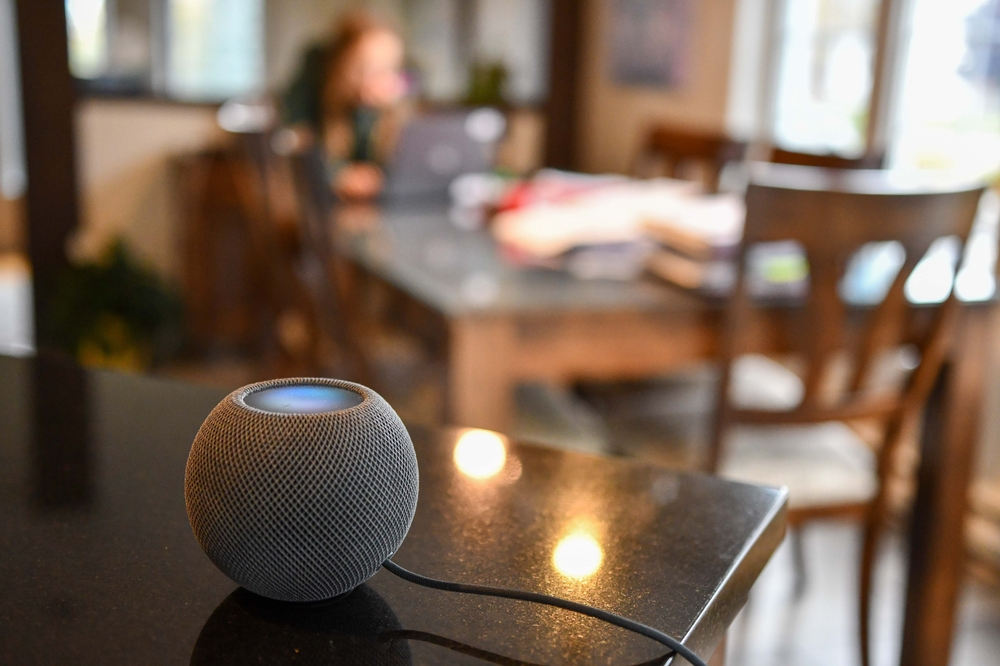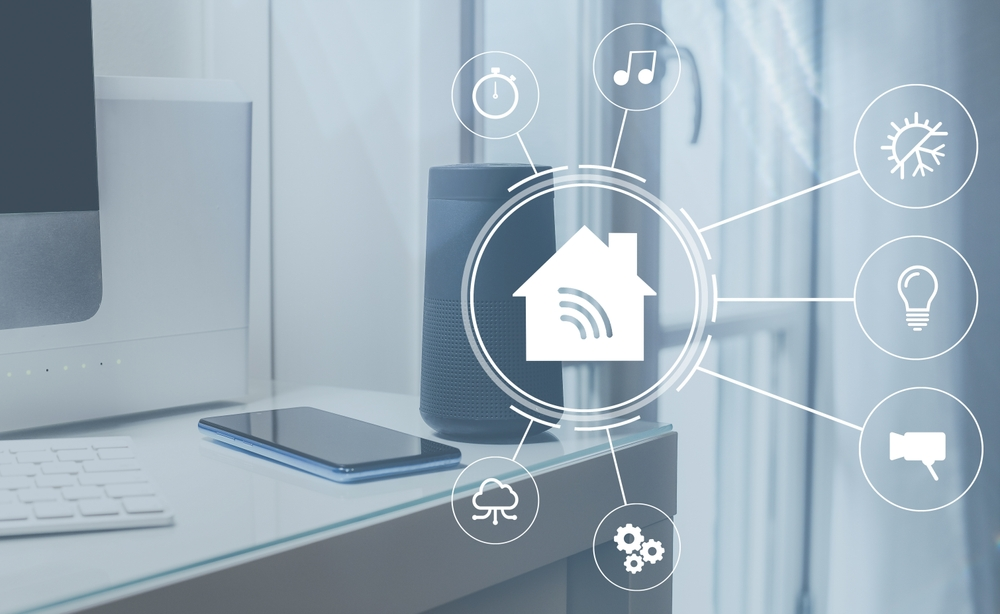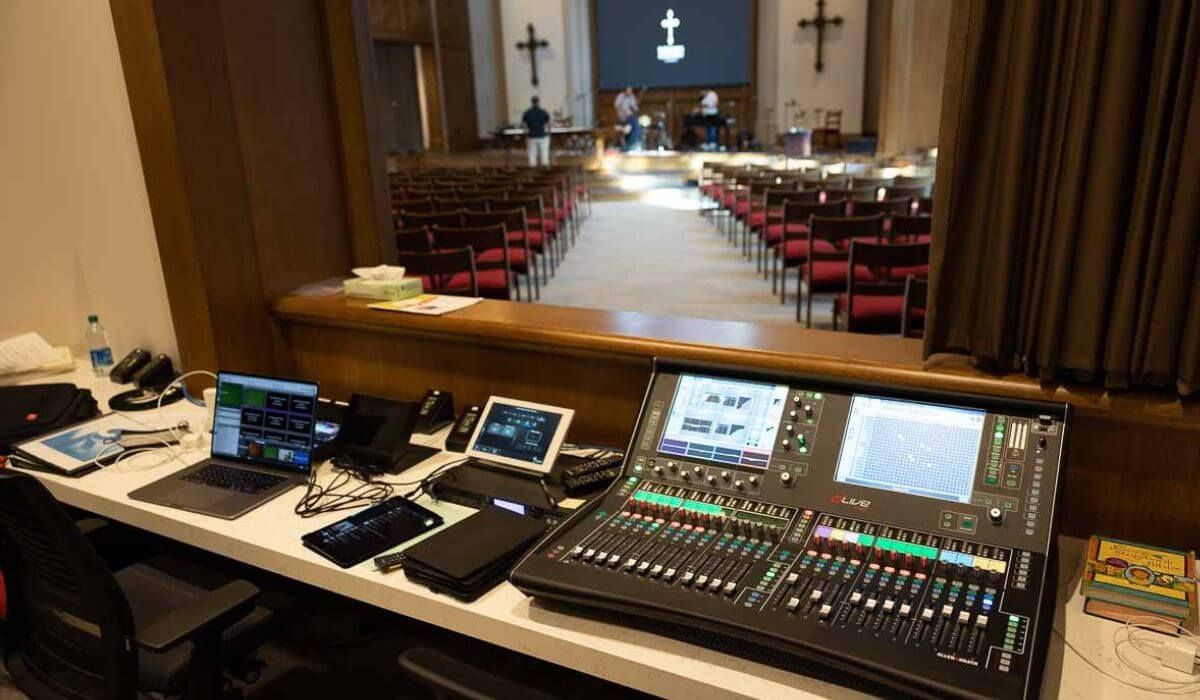Voice Assistant Integration: How It's Revolutionizing Smart Homes
Voice assistant integration is reshaping the way we interact with our homes. With the rise of Amazon Alexa, Google Assistant, and Apple Siri, smart home automation is becoming more intuitive, efficient, and accessible. Homeowners in Australia are increasingly adopting voice-controlled devices to enhance security, convenience, and energy efficiency. According to recent reports, the global smart home market is expected to grow exponentially, with voice assistants playing a central role in this transformation.
From hands-free home control to seamless integration with smart home devices, voice assistants are turning houses into intelligent living spaces. Let’s explore how this technology is revolutionizing smart homes and what the future holds.

What is Voice Assistant Integration in Smart Homes?
How Voice Assistants Work in Smart Homes
Voice assistant integration allows homeowners to control multiple smart devices using simple voice commands. These AI-powered assistants act as central hubs, connecting with smart lighting, security systems, entertainment devices, and even household appliances.
For instance, saying, “Hey Google, turn off the lights” instantly switches off connected smart bulbs. Similarly, a voice command like “Alexa, lock the front door” can secure your home remotely. This seamless communication between devices creates a fully automated and efficient home environment.
Examples of Devices Compatible with Voice Assistants
Many smart home devices integrate with voice assistants, including:
- Smart lighting systems – Adjust brightness, change colors, and set schedules.
- Smart thermostats – Control home temperature with voice commands.
- Security cameras and smart locks – Monitor and secure your home remotely.
- Entertainment systems – Play music, control TVs, and manage home theaters.
With a simple command, voice assistants offer homeowners a new level of convenience and security.

Benefits of Voice Assistant Integration for Homeowners
Hands-Free Home Control
One of the most significant advantages of voice assistant integration is hands-free home control. Instead of manually adjusting settings or using a smartphone app, homeowners can simply speak commands.
Whether you're in the middle of cooking or relaxing on the couch, you can adjust settings without needing to lift a finger. This feature is especially beneficial for multitasking, allowing for a more seamless home experience.
Improved Accessibility
Voice assistants are making homes more accessible, particularly for elderly individuals and those with mobility impairments. Instead of struggling with switches or controls, they can operate devices using voice commands. Features such as voice-activated calls, reminders, and security controls provide added independence and safety.
For example, seniors who struggle with mobility can use voice commands to:
- Turn lights on or off without needing to move.
- Lock doors and check security cameras from their bed.
- Call emergency contacts using hands-free voice dialing.
Time Efficiency
In our fast-paced lives, saving time on daily chores is invaluable. Voice assistants can set reminders, create shopping lists, and control smart appliances, allowing homeowners to multitask effectively and manage their time more efficiently. Homeowners can create automated routines like:
- “Hey Siri, good morning” – To turn on the lights, adjust the thermostat, and start the coffee machine.
- “Alexa, I’m leaving” – To lock doors, arm security cameras, and turn off unnecessary devices.
This level of automation enhances daily efficiency and ensures a smarter, more streamlined lifestyle.
Popular Smart Home Devices That Work with Voice Assistants
Smart Lights
Voice-controlled lighting systems allow users to adjust brightness, switch colors, and create ambiance effortlessly. Brands like Philips Hue and LIFX integrate with voice assistants, enabling hands-free lighting control.
Smart Thermostats
Devices like the Nest Learning Thermostat and Ecobee enable voice control over home temperatures. By saying, “Hey Google, set the temperature to 22 degrees”, homeowners can maintain a comfortable indoor climate while optimizing energy efficiency.
Smart Speakers and AV Systems
Voice assistants enhance home entertainment by integrating with smart speakers and AV systems. Users can control music, adjust volume, and manage multi-room audio setups with simple voice commands. For example, saying “Alexa, play my playlist” instantly streams music across connected speakers.
Smart Security Devices
Security is a key aspect of smart home automation. Voice assistants can integrate with:
- Smart cameras – Check security footage via voice commands.
- Doorbell cameras – Receive real-time alerts when someone is at the door.
- Smart locks – Lock or unlock doors remotely using voice authentication.
With this level of integration, homeowners can enhance security while maintaining convenience.

The Future of Voice Assistant Integration in Smart Homes
AI and Machine Learning Enhancements
Voice assistants are continuously evolving with AI and machine learning capabilities. Over time, they learn user preferences and behaviors, allowing for more personalized automation. For instance, an assistant can anticipate daily routines and suggest automated actions, like adjusting the thermostat based on the weather forecast.
The Rise of Home Automation
As smart homes become more advanced, voice assistants will play a key role in fully automated living environments. In the near future, homes will feature AI-driven systems that predict user needs, automate chores, and offer real-time assistance through voice interaction.
5G and IoT Integration
The introduction of 5G technology will enhance the responsiveness of voice assistants. Faster internet speeds will enable real-time control of smart devices with minimal latency. Combined with the Internet of Things (IoT), this will lead to even more sophisticated smart home ecosystems.
Conclusion: Embracing the Convenience of Voice Assistant Integration
Voice assistant integration is revolutionizing smart homes by offering hands-free control, enhanced accessibility, and seamless automation. From adjusting lighting to securing your home with voice commands, this technology simplifies daily life and improves overall efficiency.
As AI and home automation continue to advance, voice assistants will become even more intuitive and powerful. Now is the perfect time to explore voice-controlled smart home solutions for a more convenient and connected lifestyle.
Looking to upgrade your home with voice assistant integration? Scavi offers expert security camera and AV installation services in Australia. Contact us today to discover how we can help you build a smarter, more secure home!



